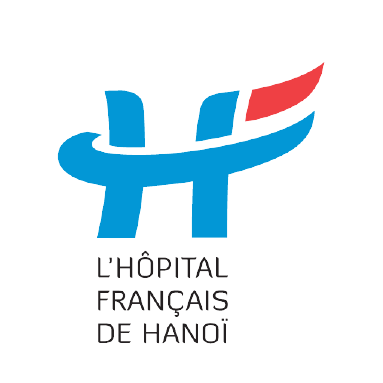TUR-P (Transurethral Resection of the Prostate)
Last update 07/13/2017 - 23:12
What is Transurethral resection of the prostate (TUR-P)?
TUR-P is surgery to remove all or part of the prostate gland. It is the most common surgical procedure used to treat benign prostatic hyperplasia (BPH), a non-cancerous growth of the prostate gland.
How is it done?
Transurethral resection of the prostate takes less than 90 minutes. A general or regional anesthesia may be used. During the procedure the surgeon inserts a thin tube-like telescope called a resectoscope into the penis through the urethra and up to the prostate gland. An electrical loop at the end of the scope is used to remove obstructing prostate tissue and seal blood vessels. The area then is irrigated and all tissue is removed. A hospital stay of three days is normally required during which time a catheter will remain in place to remove urine and any remaining debris from surgery.
Why is it done?
TUR-P is recommended for patients who experience complications resulting from benign prostatic enlargement such as inability to urinate; bleeding through the urethra; kidney damage caused by urine backing up; frequent urinary tract infections; stones in the bladder.
Risks & complications
There are possible risks and complications associated with anesthesia, including respiratory or cardiac malfunction. Other complications include the possibility of:
-
Bleeding requiring blood transfusion
-
Infection requiring antibiotics and in some cases hospitalization
-
Fluid – Electrolyte imbalance during and immediately after surgery , mild degree will not need treatment, Severe degree can leads to coma.
-
Problems controlling urine flow (incontinence) and urethral stricture (tightening of the urethral outlet)
-
Difficulties achieving and maintaining erection (impotence)
-
Infertility
-
Emptying of semen into the bladder instead of out of the urethra (retrograde ejaculation also called “dry orgasm”)
Risks, such as long term rigidity and narrowing of bladder neck resulting in poor urination, can be reduced by following the surgeon's instructions before and after surgery.
Alternatives
The surgeon may discuss alternative approaches to the TUR-P. Some medicines can improve the flow of urine or shrink the prostate. A short tube (called a stent) can be inserted into the urethra to improve urine flow. Saw palmetto extract is one of several herbal remedies that maybe helpful. Heat therapy using microwaves, lasers or electric current can be used to destroy excess prostate tissue. If symptoms are not troublesome, some men choose not to have any treatment. Symptoms do not always worsen over time and can sometimes improve.
The best candidates for TUR-P are men with moderate to severe symptoms caused by prostate enlargement that have not responded to medication. The surgeon will make the final determination of each patient’s eligibility for the transurethral surgery after an examination and consultation with the patient.
For inquiries please contact us at: (84-24) 3577 1100 (24 hours) or email: business_dev@hfh.com.vn or contact@hfh.com.vn
